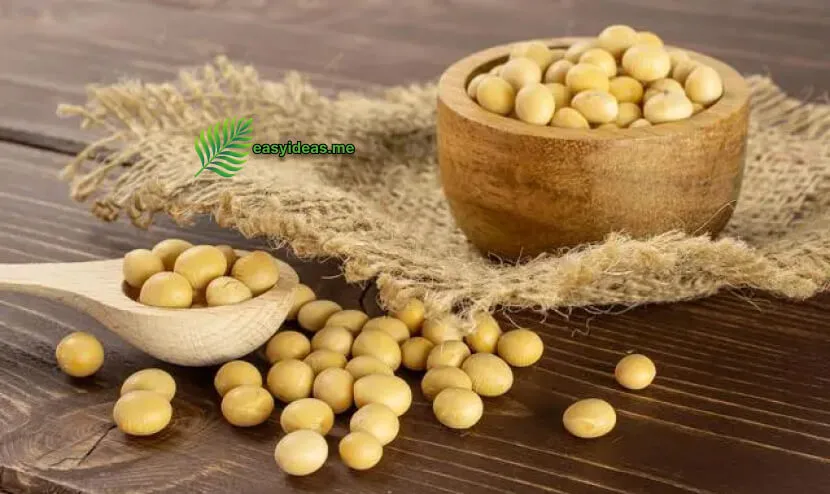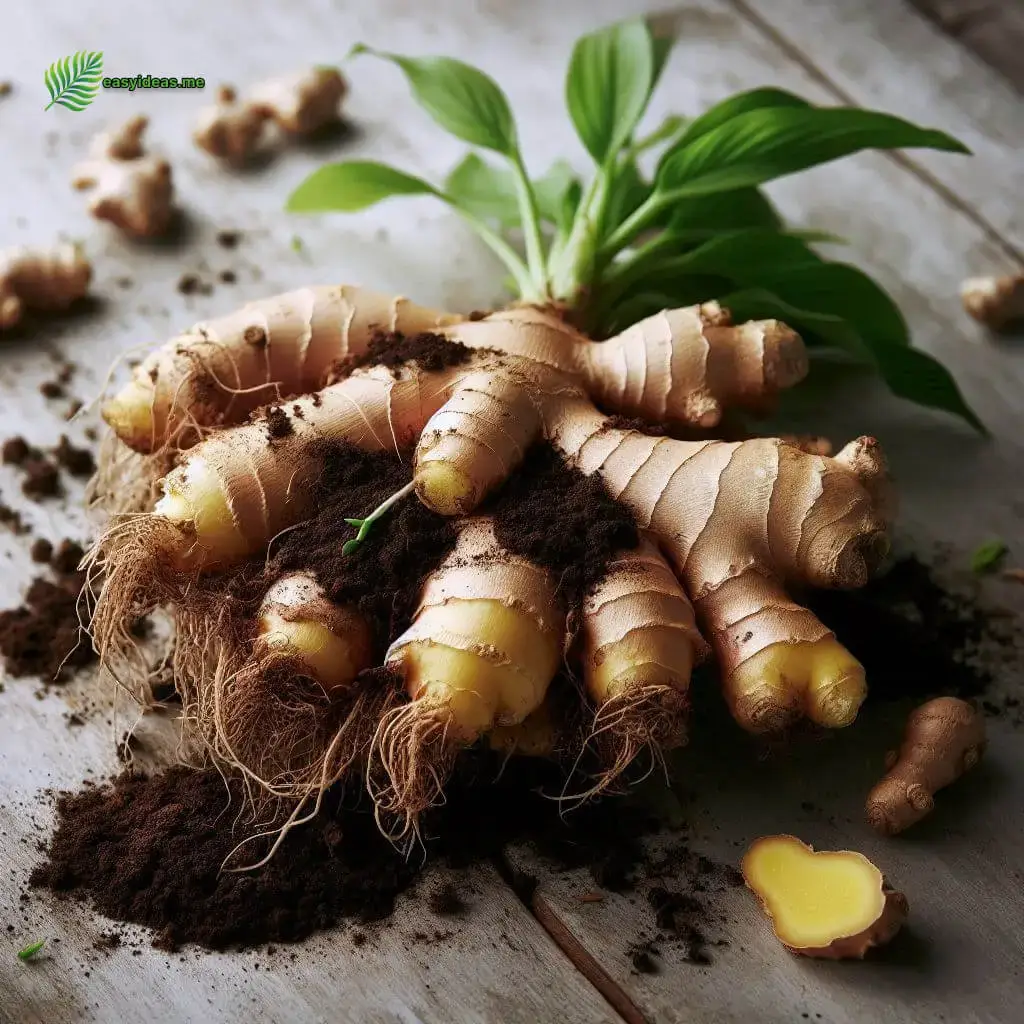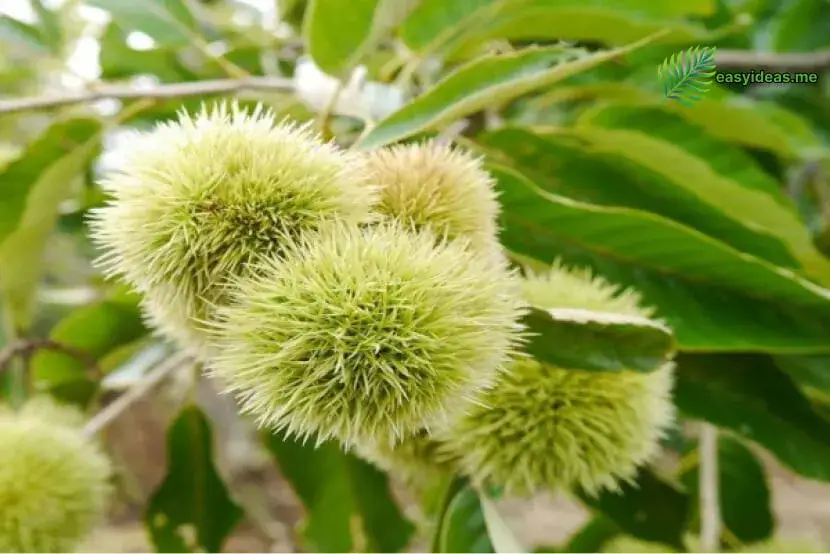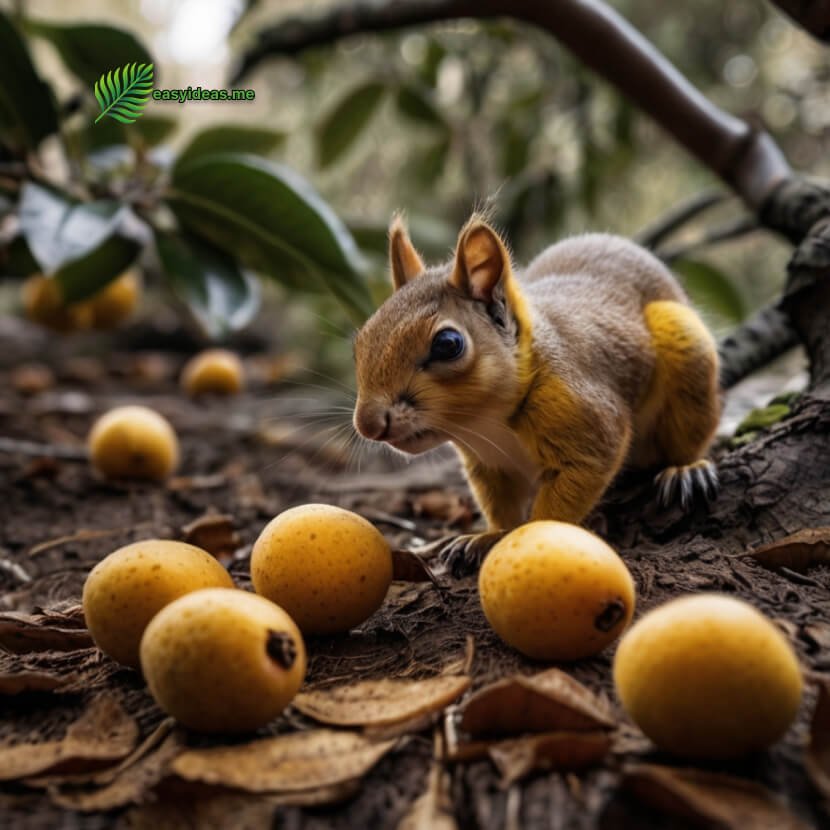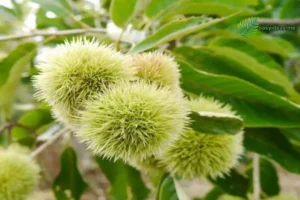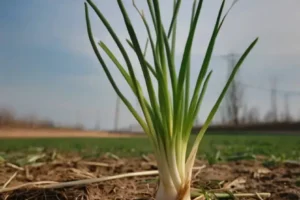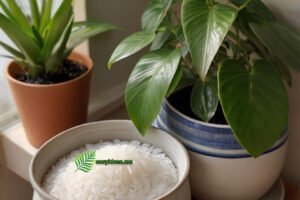Growing soybeans is a simple and practical life skill. It not only helps us better understand the process of plant growth but also provides us with healthy, green food. This article will introduce you to the method of growing soybeans at home, so whether you’re a beginner or a seasoned gardener, you’ll find it easy to get started.
1. Choose the Right Soybean Seeds
First, select healthy, plump soybean seeds. You can buy them at agricultural supply stores, seed shops, or online. When purchasing, be sure to choose soybean varieties suitable for home gardening. It’s recommended to choose early-maturing, dwarf varieties for easier management.
2. Prepare the Necessary Tools and Materials for Planting
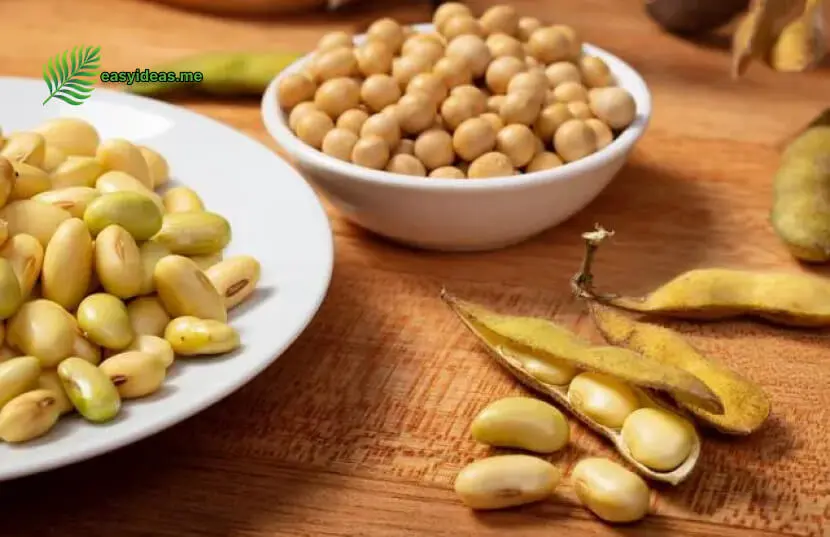
Before you start planting, make sure you have the following tools and materials:
- Container: Choose a container with an appropriate depth and diameter, such as a flower pot or a plastic box. Ensure the container has drainage holes to prevent water accumulation.
- Soil: Use fertile, well-draining soil. You can add some leaf mold or peat moss to garden soil to increase its fertility and aeration.
- Fertilizer: You can use organic fertilizer or plant-specific fertilizer. Mix the fertilizer evenly with the soil before planting.
- Water: Use clean tap water or filtered water to water the soybeans.
3. Steps to Plant Soybeans
- Soak the Seeds: Soak the selected soybean seeds in warm water for 8-12 hours. This helps the seeds absorb moisture and improves germination rates.
- Prepare the Soil: Place the prepared soil into your container, ensuring it’s loose and not compacted.
- Planting: Rinse the soaked seeds with clean water, then bury them in the soil. Be sure to space them out to avoid crowding.
- Watering: Pour a moderate amount of water into the container to allow the soil to fully absorb it. Avoid overwatering, which can lead to waterlogging.
- Cover with Plastic Wrap: Before the seeds sprout, you can cover the container with a thin plastic wrap to maintain soil humidity and temperature. Once the seeds have sprouted, remove the plastic wrap.
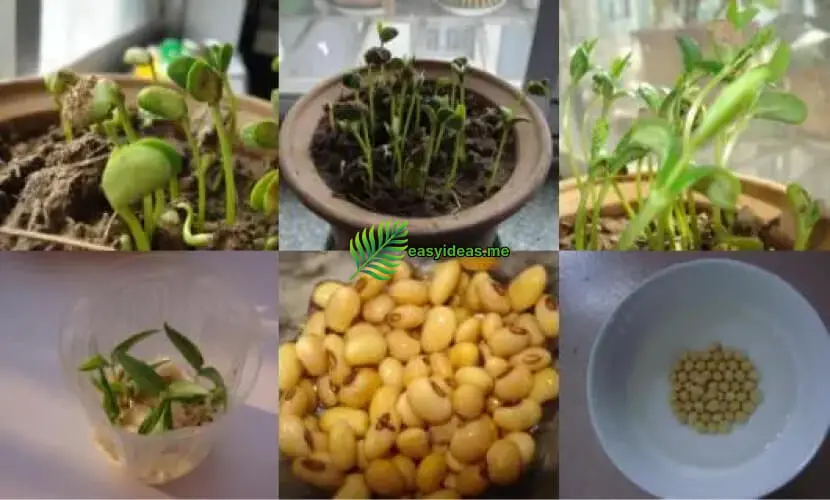
4. Post-Planting Care and Management
- Watering: Throughout the growth of the soybeans, keep the soil adequately moist. Water regularly based on weather conditions and soil humidity. Avoid overwatering, as it can negatively affect the growth of the seedlings.
- Fertilizing: Soybeans require nutrients as they grow. Once they develop their true leaves, you can add some organic fertilizer or plant-specific fertilizer to promote growth. Be mindful of the fertilizer amount to prevent over-fertilization, which can burn the seedlings.
- Light and Temperature: Soybeans thrive in sunny environments, so place your container in a location with ample sunlight. However, avoid excessive sun exposure and overheating, as this can harm the seedlings. In cold weather, move the container indoors to a warm area or cover it with insulating materials to maintain a suitable temperature.
- Pest and Disease Control: Common pests and diseases for soybeans include aphids and leaf curl disease. Take prompt action when you notice them. You can use soapy water, alcohol, or insecticides to remove pests, and fungicides like Mancozeb to control fungal diseases. Keeping good ventilation and cleanliness helps prevent pest and disease issues.
5. Harvesting and Storage
When the soybean plants develop yellow petals, it’s a sign that the soybeans are ready for harvest. You can pick the pods and dry them before storing them. To store, dry the pods thoroughly and place them in plastic bags or sealed containers. Keep the stored soybeans in a cool, dry place to avoid moisture and pests, ensuring safe storage.
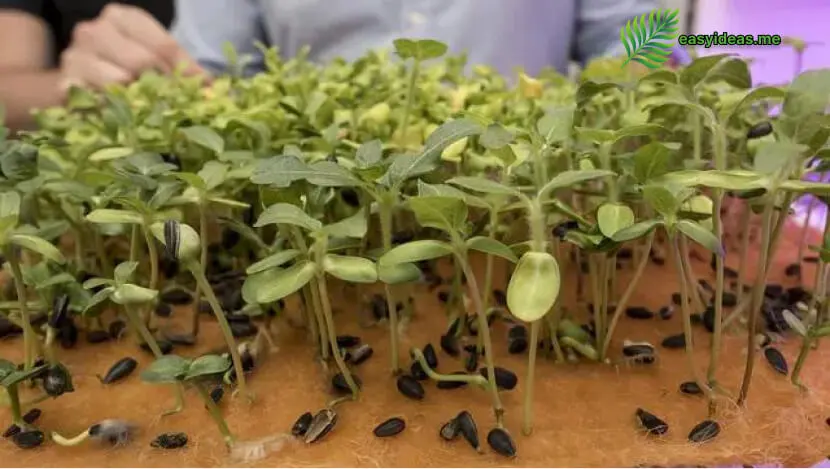
By following these steps, you can easily grow healthy soybean plants at home and enjoy fresh, green, and healthy food. You’ll also experience the joy of planting and harvesting. Let’s become gardening experts together!
Read more: Learn About Fish Mint, Its Methods, And How To Grow It In Your Garden

